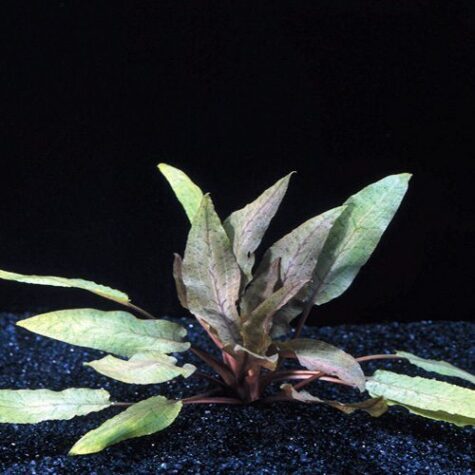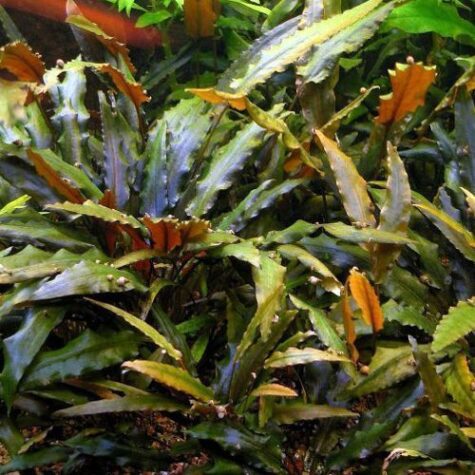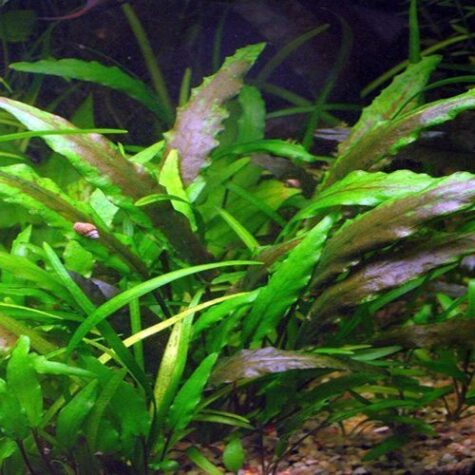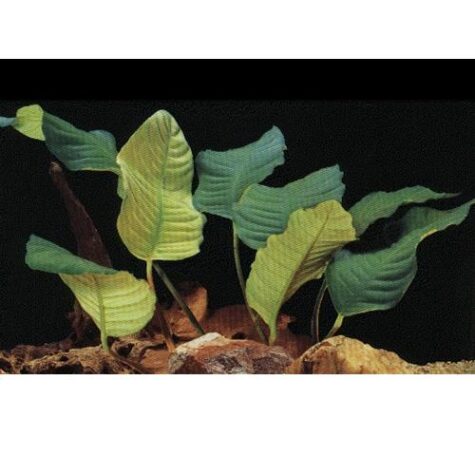$4.99
*NOTE: AS A FISH FARM, WE DO NOT OFFER GENDER SPECIFIC SEXING ON FISH STOCK. REQUEST FOR MALES OR FEMALES CAN ONLY BE ACCOMMODATED IF THE ITEM SPECIFIES GENDER IN THE DESCRIPTION SUCH AS: MALE BETTA, FEMALE GUPPY, ETC SORRY FOR ANY INCONVENIENCE.
The Four Leaf Clover, also known as the Clover Fern or Water Shamrock, originates from inland Australia and the Dwarf form native to Southeast Asia. It has two pairs of leaflets arranged in a four leaf clover pattern. The Four Leaf Clover can grow in a number of different soil types, ranging from sands to clays. Under the proper conditions, this fern will form a thick carpet with its numerous runners. It is amphibious, and will grow either partially or fully submerged. In it’s submersed growth state, the four-lobed leaf structure changes to a larger single-lobed leaf structure similar to that of the Glossostigma elatinoides, but noticeably larger in size and darker green in color.
.
The Four Leaf Clover requires higher light conditions and water temperatures between 68-84F are ideal for best growth. It prefers water that has a neutral pH, but can be kept in water with a pH of 6.2-7.5 and still flourish. A nutrient rich substrate will promote best growth!
Planting the runners that grow from mature healthy plants is the best way to propagate the Four Leaf Clover. When the “pup” or juvenile plant is approximately half the size of the “mother plant,” cut the roots apart so they may grow separate from one another. They may occasionally produce seeds that can be used to cultivate new plants, and can also produce adventitious shoots to be used for propagation.
The 4-Leaf clover is available in regular or dwarf forms. The regular form can get about 8 inches tall and the dwarf about 2 inches tall when grown out of the water, but usually both forms will stay short or carpet-like when grown submerged underwater.




